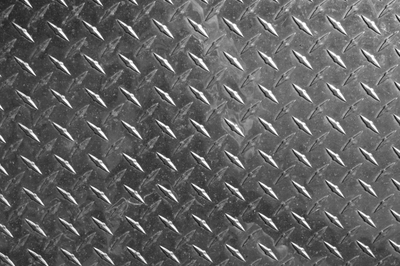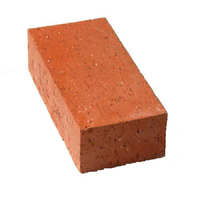Contents
Key Stage 2
Meaning
Thermal Conductivity is how quickly a material can be heated or cooled.
About Electrical Conductivity
- If a material can change temperature quickly it is a thermal conductor.
- If a material changes temperature slowly it is a thermal insulator.
Examples
| Metals |
| All metals make good thermal conductors. |
| Plastic | Rubber | Air | Brick |
Note to Teachers
In science, heat is not generally considered a noun. It is a verb. Heat is something you do to an object. It is best practice to avoid making statements like 'heat passes through a material quickly' because heat is not a physical entity, but an action or process. A thermal conductor allows thermal energy to pass through it easily. A thermal conductor can be heated quickly.
Key Stage 3
Meaning
Thermal Conductivity is how quickly thermal energy can be transferred through an object.
About Electrical Conductivity
- If a material can change temperature quickly when heated it is a thermal conductor.
- If a material changes temperature slowly when heated it is a thermal insulator.
Extra Information
Key Stage 4
Meaning
Thermal Conductivity is how quickly thermal energy can be transferred through an object.
About Electrical Conductivity
- If a material can change temperature quickly when heated it is a thermal conductor.
- If a material changes temperature slowly when heated it is a thermal insulator.




